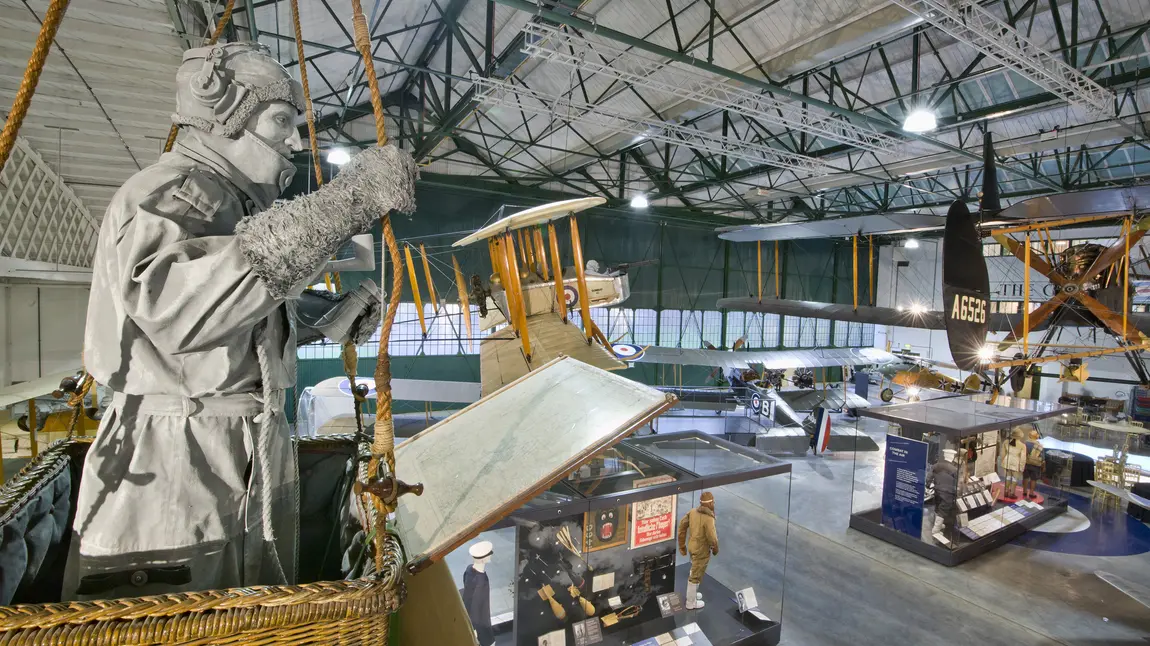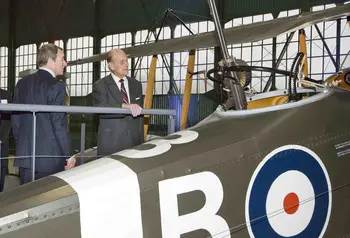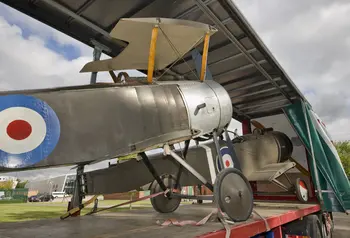The evolution of flight and the First World War

The ground-breaking exhibition ‘First World War in the Air’ was opened at the Royal Air Force Museum in Hendon, London by the museum’s patron Prince Philip Duke of Edinburgh. Made possible by money raided by National Lottery players, it tells the incredible story of the evolution of flight during the conflict and reveals how it changed the very character of war forever.
The exhibition holds a world-class collection of aircraft alongside films, photos and personal stories from the pilots, ground crew and factory workers who served in the UK’s air services during the conflict.
Before the First World War, 1,800 men served in Britain’s two air services – the Royal Flying Corps and the Royal Naval Air Service. By 1918 the Royal Air Force was formed with 290,000 servicemen and women. This was the world’s first independent air force and a clear indicator of the rising significance of aerial power.
The Hendon site of the museum is itself steeped in history. It was owned by the London Aerodrome Company before being sold to aviation pioneer Claude Grahame-White who used the site to build aircraft. During the First World War the site was used as a training base for pilots, later becoming RAF Hendon and finally the Royal Air Force Museum.
‘First World War in the Air’ is open daily in the museum’s Claude Grahame-White hangar and admission is free. Find out more on the Royal Air Force Museum website.

